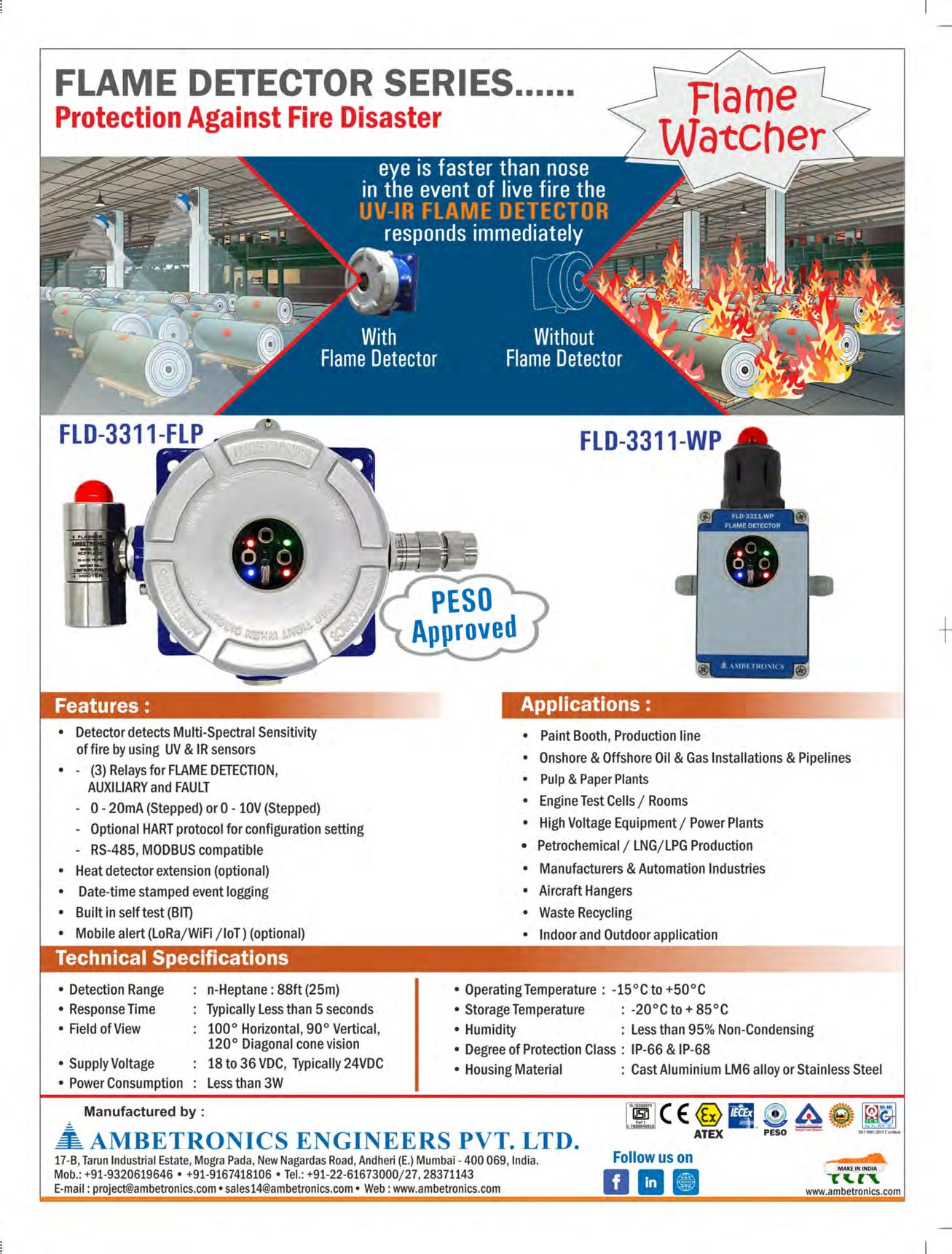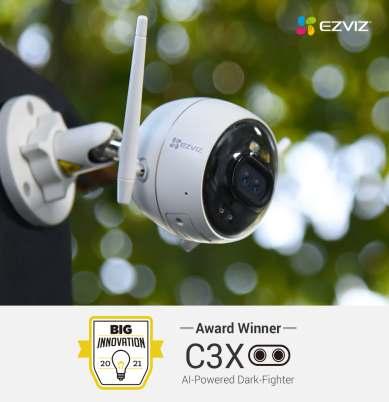
7 minute read
How To Create Your Event Marketing Plan For 2021
Choosing the right exhibition to attend can really contribute to your ROI and make a big difference to your overall success.
Attend the right exhibition and you can really add value to your company and generate high quality leads. Attend the wrong exhibition and you can be spending money, time and energy with no return. Here are a couple of factors to consider before you decide which exhibition to attend:
Advertisement
Set Objectives
Trade show objectives are a key element of trade show success. Before you start compiling a list of shows you want to attend this year, clearly define your objectives and strategy. You and your team need to know why you’re exhibiting and what your trade show focus is. • Are we trying to build awareness of our brand? • Are we launching a new product or service? • Do we want to strengthen the relationship with our existing customers? • Or do we simply want to make new contacts and sales?
Highlight reasons for wanting to exhibit and identify key objectives before you decide which shows you will spend money on. Don’t forget to also set stand objectives unique to your brand – including space requirements, type of stand and product displays needed.
Set Your Budget
It’s most beneficial to obtain past financial data when setting your event marketing budgets. Look to what events you previously attended, the budget allocation and the actual expenditure. Review this expenditure so you can: • Ensure that your Return On
Investment (ROI) for each event is accurate • Shift unproductive costs into more productive areas • See where you are spent the most and come up with a plan on how best to save money or increase value and ROI • Determine if there are any events that should be cut from the event schedule • Determine if your future budget is accurate and sufficient
Research Your Options
Now that you have your objective, you can start a thorough trade show research. To make the process easier, you can categorise your possible list of shows by country, industry, date, size or price. Only consider trade shows

that you can afford and eliminate those that go above your budget. Consider large industry shows as well as smaller local events. Make sure you learn how each show will contribute to your objectives and gather as much information as possible including demographics, previous participants, attendee numbers and show statistics.
Before you make a decision, you should know the answers to: • Are we familiar with the city and venue? • Is the trade show established? • Does it have a good reputation? • How big is the trade show? (Do we have statistics from last year?) • What industry does it target? • Who is attending it?
Check social media pages like Facebook to see how popular the show is and what other exhibitors and attendees are saying about it. Visit as many shows as possible prior to exhibiting. This will help you evaluate the show and decide if it’s right for your business.
Consider Your Audience
When deciding which shows to attend, you also have to figure out who specifically you are targeting at an exhibition. Your consumer demographic is key to success. Research your target market to find out which shows they’re attending. Don’t assume that they’re only attending big industry events. Some of your key buyers may regularly attend smaller shows that are not industry specific. Local events are a great opportunity to gain exposure and they will give you a bigger ROI. As part of your research, you can ask ten of your existing customers which shows they regularly attend. It’s crucial to identify shows with a high percentage of attendees that fit your customer profile. You also have to consider timing and your distribution area. Research shows that 40-60% of attendees will come from a 200 mile radius.
Where is the show you’re planning to attend? What other shows are taking place at the same time that could impact the attendance of your audience? These are just a couple of easy steps to consider when choosing the right exhibition for your business. Take these planning tips as a starting point. They will help you compile a list of shows that suit your brand, match your target market, and hit your objectives.
9 Points to Consider to Maximize the ROI from the Trade Shows
Exhibiting at a trade show can be a great way to advertise to a target market and create brand awareness.This provides you with a platform to promote your product or service to a broader group that may have little or no knowledge of your products and services.
Being involved in a trade show or exhibition can provide you with opportunities to branch out to generate sales leads, make direct sales contracts and build up a sales database.
1. Select an Ideal Booth Space and Make it Open and Inviting
Booth location plays a critical role in the success of your trade show efforts. As part of your planning process, you should understand the layout of the exhibition hall and choose a location that will be best suited for high traffic and engagement opportunities. If you get the choice, try to position yourself away from your competition and any other exhibitors with distracting booths. Likewise, positioning yourself amongst companies with lackluster exhibits may work to your advantage. This is something you might note down from attending the particular show the year prior.
2. Teach Something
Many people attend trade shows in order to learn about new products in their industry and the companies making them. Or about the latest discoveries and developments in their specific fields. Why not lean into this fact and offer attendees a truly educational experience when they visit your booth?
3. Create a Relaxing Atmosphere
Attending trade shows is a lot of fun. It can also be hot, sweaty, and exhausting. To stand out, consider making your trade show booth have a more "homey" feel that
4. Use Visual Techniques
Virtual reality has been taking the world by storm over the last few years. Jump on the bandwagon and add a VR element to your event kiosk or simply add a screen on your stall and play video related to your products.
5. Schedule Appointments Ahead of Time
If you have access to an attendee list or business matchmaking platform, reach out to anyone who seems like a qualified fit for your product. Provide them with a brief overview of your company or product and ask if they ’d like to schedule 5 to 10 minutes of booth time. People will be less likely to skip your booth if they have a standing calendar invite to meet with you.
6. Hold a Contest
Contests are an extremely easy way to increase attendee engagement at trade shows. The trick is to do something creative and offer a great prize to winners. Think of creative giveaways that’ll have enormous brand recall value.
7. Let Attendees Test Your Products
Remember, one of the main reasons people attend trade shows is to see and test new products. So make sure that your booth prominently displays your company 's offerings and allows event-goers to get hands-on with them.
8. Develop an Engagement Plan
Your booth should be staffed with energetic and enthusiastic employees that connect with trade show attendees and are implementing the strategy you defined long before they arrived. Working on laptops or tablets, scanning emails on smartphones and sitting down in chairs is sure to send negative signals to a passerby. Your staff is there to work the booth, so that should be the primary focus.
9. Set Up a Post-Mortem Debrief with the Sales and Marketing Teams
After you return from a trade show, it’s critical to promptly set up a post-mortem debrief meeting with members of your sales and marketing teams. It’s important to get a 360-degree download of the show: successes, failures, shortcomings, the good, the bad and the mediocre.
For more information visit: www.fireindia.net



















